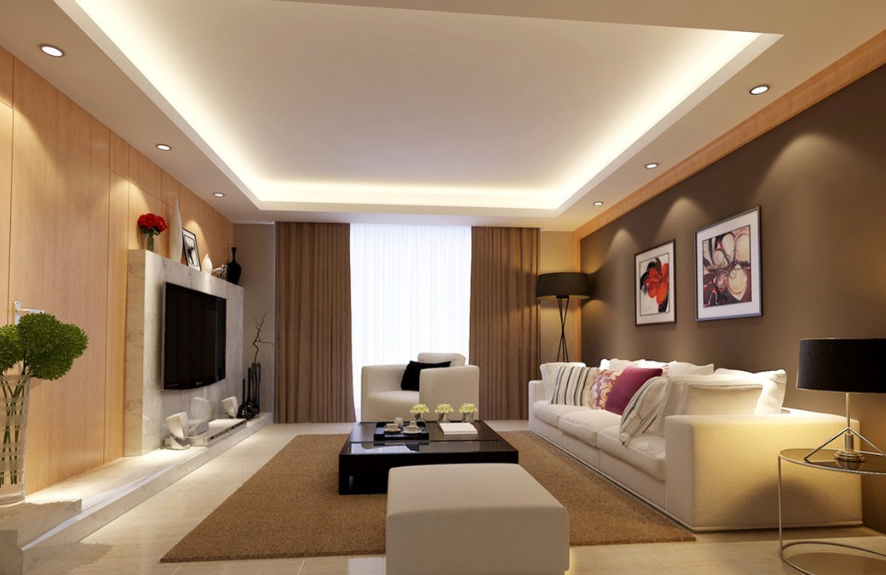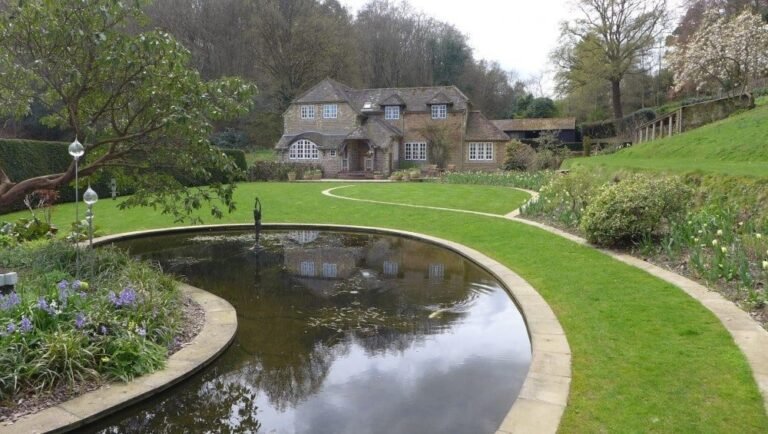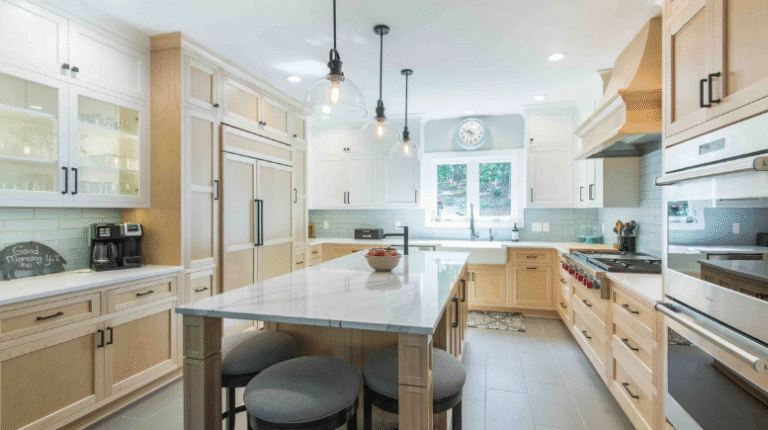How to Plan and Budget for Lighting Design Services
Good lighting transforms any space from ordinary to extraordinary. Whether you’re renovating your home, designing a new office, or creating an inviting restaurant atmosphere, professional lighting design services can make all the difference. But how do you plan for such a project without breaking the bank?
Many people underestimate the complexity of lighting design, thinking it’s simply about picking attractive fixtures. The reality is far more nuanced. A skilled lighting designer considers everything from natural light patterns and room functionality to energy efficiency and mood creation. Getting this right from the start saves money, time, and frustration down the road.
Planning Your Lighting Design Project
Start with an Initial Consultation
The foundation of any successful lighting project begins with a thorough consultation. During this phase, a professional designer will assess your space, discuss your lifestyle or business needs, and understand your aesthetic preferences. They’ll examine existing electrical systems, natural light sources, and how you actually use each room or area.
This conversation should cover your daily routines, entertaining habits, and any specific challenges you face with current lighting. Do you work from home and need focused task lighting? Are you hosting dinner parties that require adjustable ambient lighting? These details shape the entire design approach.
Define Clear Goals and Priorities
Before moving forward, establish concrete objectives for your lighting design services. Perhaps you want to reduce energy costs, improve functionality in work areas, or create a more welcoming atmosphere for customers. Maybe you’re dealing with harsh shadows in your kitchen or struggling with inadequate reading light in your bedroom.
Rank these goals by importance. This prioritization becomes crucial when budget constraints require difficult decisions. You might discover that addressing your top three lighting concerns delivers 80% of the impact you’re seeking.
Understanding Lighting Design Budgets
Key Cost Factors
Several elements influence the overall investment in professional lighting design services. Designer fees typically range from hourly rates for consultations to flat fees for complete projects. The scope of work—whether it’s a single room or an entire building—significantly affects pricing.
Fixture costs vary dramatically based on quality, style, and functionality. High-end decorative pieces command premium prices, while energy-efficient LED systems might cost more upfront but deliver long-term savings. Installation complexity also impacts expenses, especially if electrical upgrades are necessary.
Don’t forget about permits, electrical work, and potential structural modifications. Older homes often require additional electrical capacity or updated wiring to support modern lighting systems.
Smart Budgeting Strategies
Request detailed quotes from multiple designers to understand market rates in your area. A comprehensive quote should break down design fees, fixture costs, and installation expenses separately. This transparency helps you make informed decisions about where to allocate your budget.
Consider phased implementation if funds are limited. Many lighting design services can create a master plan that allows you to tackle one area at a time. Start with high-impact spaces like main living areas or primary work zones, then expand the project as budget allows.
Look for opportunities to balance splurge items with budget-friendly alternatives. You might invest in a stunning statement piece for your entryway while choosing more economical fixtures for closets or utility areas.
See also: Are Grounding Mats Safe? Addressing Common Concerns
Finding the Right Lighting Designer
Research potential designers by examining their portfolios and reading client reviews. Look for experience with projects similar to yours in scope and style. A designer who excels at luxury residential work might not be the best fit for a small retail space, and vice versa.
Ask about their design process, timeline expectations, and how they handle budget constraints. The best professionals are transparent about costs and creative about finding solutions that meet both your vision and financial parameters.
Schedule consultations with your top candidates. Pay attention to how well they listen to your needs and whether their communication style feels comfortable. You’ll be working closely with this person, so trust and clear communication are essential.
Making Your Investment Count
Professional lighting design services deliver value that extends far beyond aesthetic improvement. Proper lighting enhances safety, reduces eye strain, and can even boost productivity and mood. Energy-efficient designs lower utility costs, while quality fixtures increase property value.
The key to success lies in thorough planning, realistic budgeting, and selecting a designer who understands your unique needs. Take time to research, ask questions, and establish clear expectations from the beginning. Your investment in professional lighting design will pay dividends in comfort, functionality, and enjoyment for years to come.


